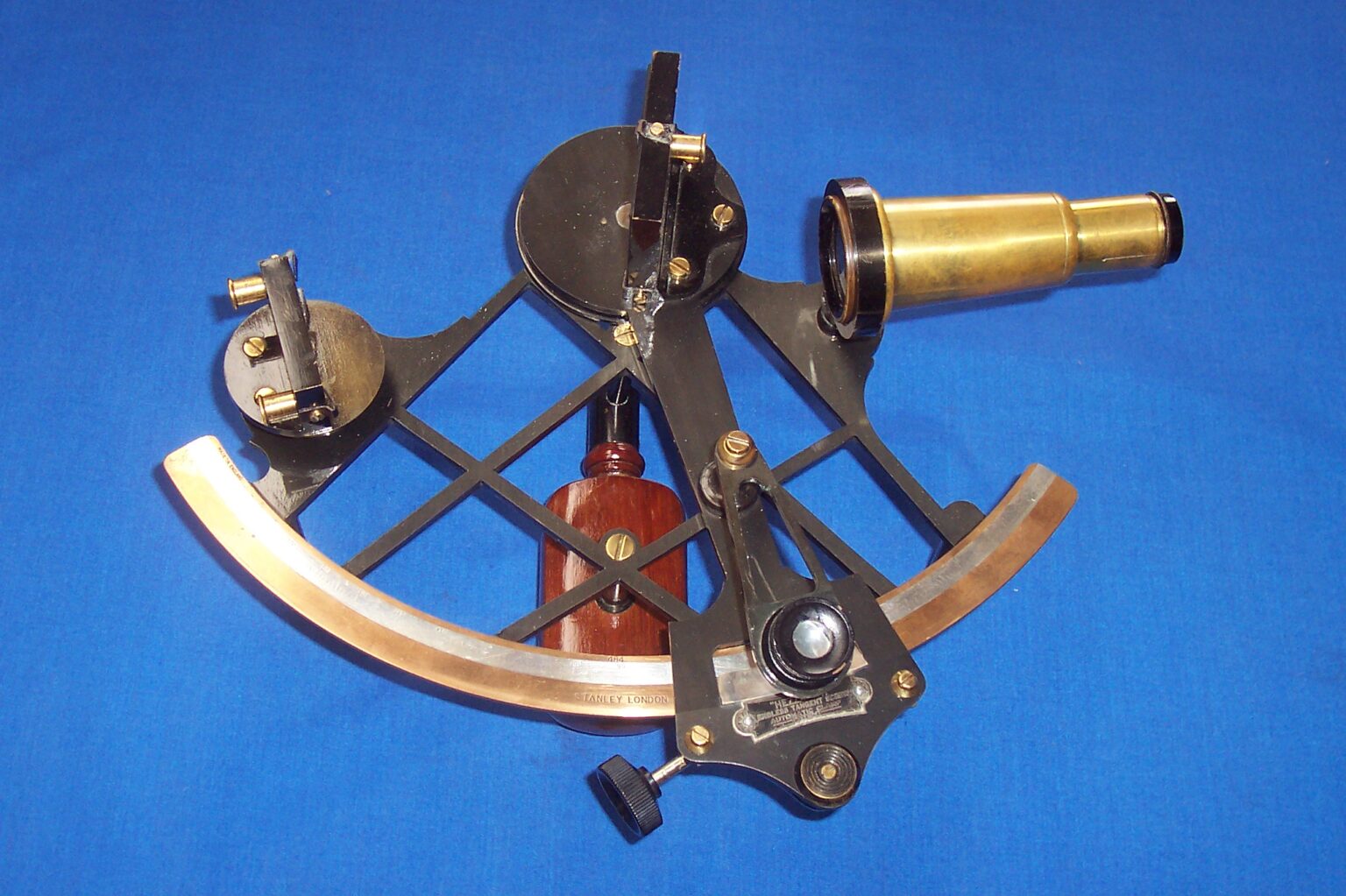Introduction to the Sextant Mark 1 Ilon
Navigating the vastness of our oceans and skies has always been a fascinating endeavor. Among the tools that have aided explorers in their quest for direction, few are as iconic as the sextant. Enter the Sextant Mark 1 Ilon—a remarkable instrument that marries tradition with precision. With its sleek design and unique features, this tool is not only a vital navigational aid but also an emblem of maritime heritage.
Whether you’re an avid sailor, a passionate astronomer, or simply someone intrigued by vintage navigation techniques, understanding the Sextant Mark 1 Ilon opens up a world of exploration. Let’s dive into its rich history and discover how this timeless device continues to guide adventurers across seas and skies today!
History and Development of the Sextant
The sextant has a rich history that dates back to the 16th century. Its invention came at a time when explorers sought new lands and sailing routes. Early navigators needed precise tools for celestial navigation, and the sextant filled this need.
Initially, marine instruments like the astrolabe were used. However, as technology advanced, so did methods of measurement. The sextant emerged from these early designs by introducing a more refined arc and improved accuracy.
By the 18th century, it gained popularity among sailors worldwide. Innovations continued with materials such as brass or aluminum being utilized for durability.
As maritime exploration expanded during this era, so too did reliance on the sextant’s capabilities. This device became essential not only for navigation but also for scientific observations in astronomy, marking significant progress in both fields.
Key Components and Functions of the Sextant Mark 1 Ilon
The Sextant Mark 1 Ilon boasts several essential components that contribute to its precision. Its main body is crafted from durable materials, ensuring longevity even in challenging marine environments.
One of the standout features is the arc, typically marked with degrees for easy reading. This enables navigators to measure angles between celestial bodies and the horizon accurately.
Another crucial element is the telescope attachment. It allows users to sight distant objects, enhancing accuracy when taking measurements. The micrometer drum further refines this process by permitting fine adjustments.
Additionally, a vernier scale aids in determining precise readings down to fractions of a degree. Together, these components create an effective tool for mariners seeking reliable navigation methods amidst vast oceans or starry skies.
How to Use the Sextant for Navigation
Using a sextant for navigation involves a few essential steps. First, ensure the instrument is calibrated correctly. This guarantees accurate readings.
Next, locate a celestial body—like the sun or a star. Point the sextant towards it while ensuring that your eye remains on the horizon through the eyepiece.
Once aligned, adjust the alidade until you see both the celestial object and horizon in view. Take note of the angle measurement displayed on your sextant’s arc.
This angle helps determine your latitude when combined with precise time measurements from an accurate chronometer. For longitude, you’ll need to calculate based on local noon or another reference point.
Practice makes perfect with this artful tool! Regular usage sharpens skills and boosts confidence in navigating by stars rather than solely relying on technology.
Advantages and Limitations of the Sextant Mark 1 Ilon
The Sextant Mark 1 Ilon offers several advantages for navigators. Its robust design ensures durability, making it suitable for harsh marine environments. The clear optics provide sharp readings, allowing users to take precise measurements of celestial bodies.
Another benefit is its simplicity. Navigating with a sextant does not rely on electronic systems, reducing the risk of failure in remote locations. This aspect appeals to traditionalists and those who appreciate hands-on skills.
However, the sextant comes with limitations as well. Mastering its use requires practice and patience; initial learning curves can be steep for newcomers. Weather conditions can also affect visibility and accuracy during observations.
Additionally, while it’s effective for open water navigation, urban settings or areas with tall structures may hinder performance due to obstructed views of the horizon or celestial bodies.
Modern Applications of the Sextant in Astronomy and Marine Navigation
The sextant has found a renewed purpose in modern astronomy. Astronomers utilize it to measure angles between celestial bodies, aiding in precise observations and calculations. This ancient tool offers an elegant simplicity that high-tech instruments sometimes lack.
In marine navigation, the sextant remains invaluable for sailors who seek independence from electronic devices. When GPS fails or batteries die, this classic instrument shines through its reliability. Navigators can determine their position using stars and horizons.
Additionally, educational institutions now incorporate sextants into their curricula. Students grasp fundamental concepts of geometry and navigation while fostering a deeper appreciation for traditional methods.
Even enthusiasts participate in workshops to master this skillful art, connecting with history while honing practical skills. The sextant serves as a bridge between past techniques and future innovations within both astronomy and maritime studies.
Conclusion: The Importance of Preserving and Utilizing Traditional Navigational Tools
Traditional navigational tools like the sextant mark 1 ilon hold profound historical significance. They represent a time when exploration relied on skill, intuition, and an understanding of celestial mechanics.
Preserving these instruments is crucial. They are not just relics; they embody techniques that have shaped our connection to the world. Learning about their use fosters appreciation for past achievements in navigation and exploration.
Moreover, as we embrace technology, it’s vital to remember how traditional methods can enhance modern practices. The sextant offers valuable lessons in patience and precision that digital tools cannot replicate.
Engaging with these classical devices stimulates curiosity and encourages hands-on learning. This experiential approach enriches education in astronomy and maritime studies while grounding us in history.
The legacy of traditional navigational tools should inspire new generations to explore both land and sea with respect for those who came before them.
FAQs
Q: What is the Sextant Mark 1 Ilon primarily used for?
A: The Sextant Mark 1 Ilon is mainly utilized for navigation, particularly in marine settings. It helps navigators determine their position by measuring angles between celestial bodies and the horizon.
Q: Is the Sextant Mark 1 Ilon easy to use for beginners?
A: While it may take some practice to master using a sextant, beginners can learn the basics with guidance. With instructional resources available, many find they can navigate effectively after some training.
Q: How accurate is the Sextant Mark 1 Ilon compared to modern GPS systems?
A: The accuracy of a sextant relies on skill and environmental conditions. While modern GPS offers pinpoint precision, skilled users of a sextant can achieve remarkably accurate results as well.
Q: Can I still buy a Sextant Mark 1 Ilon today?
A: Yes! Many nautical supply stores and online retailers offer new or second-hand sextants including models like the Mark 1 Ilon.
Q: Are there any maintenance tips for keeping my Sextant in good condition?
A: Regularly clean your sextant to avoid corrosion or damage from saltwater exposure. Store it in a protective case when not in use, ensuring that all moving parts function smoothly.
Q: How does learning to use a sextant benefit sailors today?
A: Understanding how to use traditional tools like the sextant enhances navigational skills. It builds confidence while sailing off-grid or during emergencies when electronic devices fail.

















